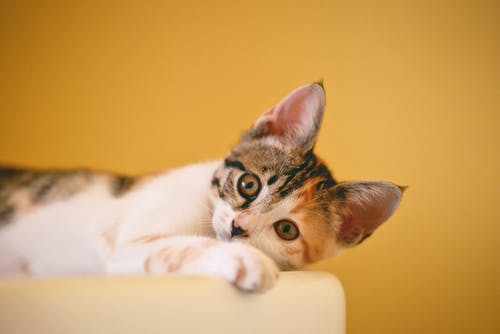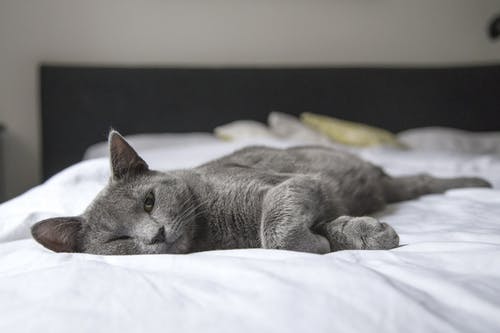In terms of taking care of your pet following the procedure, there’s nothing like a “normal operation.” Some animals may need to stay the night in the hospital to be monitored. Other patients, however, are likely to be discharged on the following day following their operation.
It is all dependent on the health, age, and surgery type. Your veterinarian will provide specific guidelines for your pet or your dog. However, general advice can aid your dog or cat regain their health faster.
How to Speed Up Pet Surgery Recovery
It’s normal for your pet to become tired after returning home for a few days. Resting will help your pet’s recovery. Don’t worry about seeing them sleep the first couple days after returning home. The need for rest is vital!
It’s critical to keep an eye out for the situation, and here’s what you’re likely to see.
Limit Activity
Since surgery is invasive, The more your dog or cat remains still, the easier it is for them to recover and tissues to heal effectively. Conversely, moving around makes it more difficult for the healing process of the tissues, thereby increasing the likelihood of developing an infection.
Restrictive activities mean pets are not allowed to run, jump, or roughhouse. You’ll talk about the specifics with your vet. A typical spaying or neutering procedure could cause some days of restraint. Major surgery, like repairing broken bones, may restrict activity for up to six weeks.
Once you’re back home, you should put your pet back in the comfy and secure place they can choose. If you have any other pets, you might need to restrict their activities in the area of your recovering pet. But, you know your pets, so talk to your animal surgery hospital and take your best judgment.
Keep an eye out for unusual behavior
Since anesthesia and surgical procedures affect every animal differently, monitoring them for abnormal behavior while they heal is essential. The first 24 to 48 hours are important, so be sure to call your vet if you notice any changes in breathing, instability, vomiting, or loss of appetite.
Avoid Licking
Cone collars are not popular. However, they prevent cats and felines from biting on surgical areas. In addition, licking can bring bacteria into suture areas, leading to an infection. Therefore, if you can stop pets from chewing on the suture without an E-collar, it’s acceptable; however, if you don’t be afraid to wear it!
Medicines
You may be prescribed medication for pain or an antibiotic to take home. Be sure to follow the guidelines in the note from your vet. Please do not give your pet or cat any medication for humans as it could be harmful. If you’re looking for other diagnostic tests like veterinary digital X-ray, you can visit this page.
Monitor Bathroom Activities
Monitoring outdoor activities is an important part of controlling your pet’s behavior. Maintain your dog on a leash and toilet trips outdoors to the minimum. At first, short walks in the backyard should suffice. Click this link for more information about veterinary care.
As you can see, the main key to a successful recovery for your pet post-surgery is rest and following your vet’s instructions. The vet has monitored your pet at the hospital until they are ready to go home. When they leave, they expect the pet’s owner to observe their environment and look at “normal” behaviors such as chewing, swallowing, and walking. They regard you as an integral part of their post-operative healing process. Then, they’re willing to answer any concerns regarding your pet’s healing.





